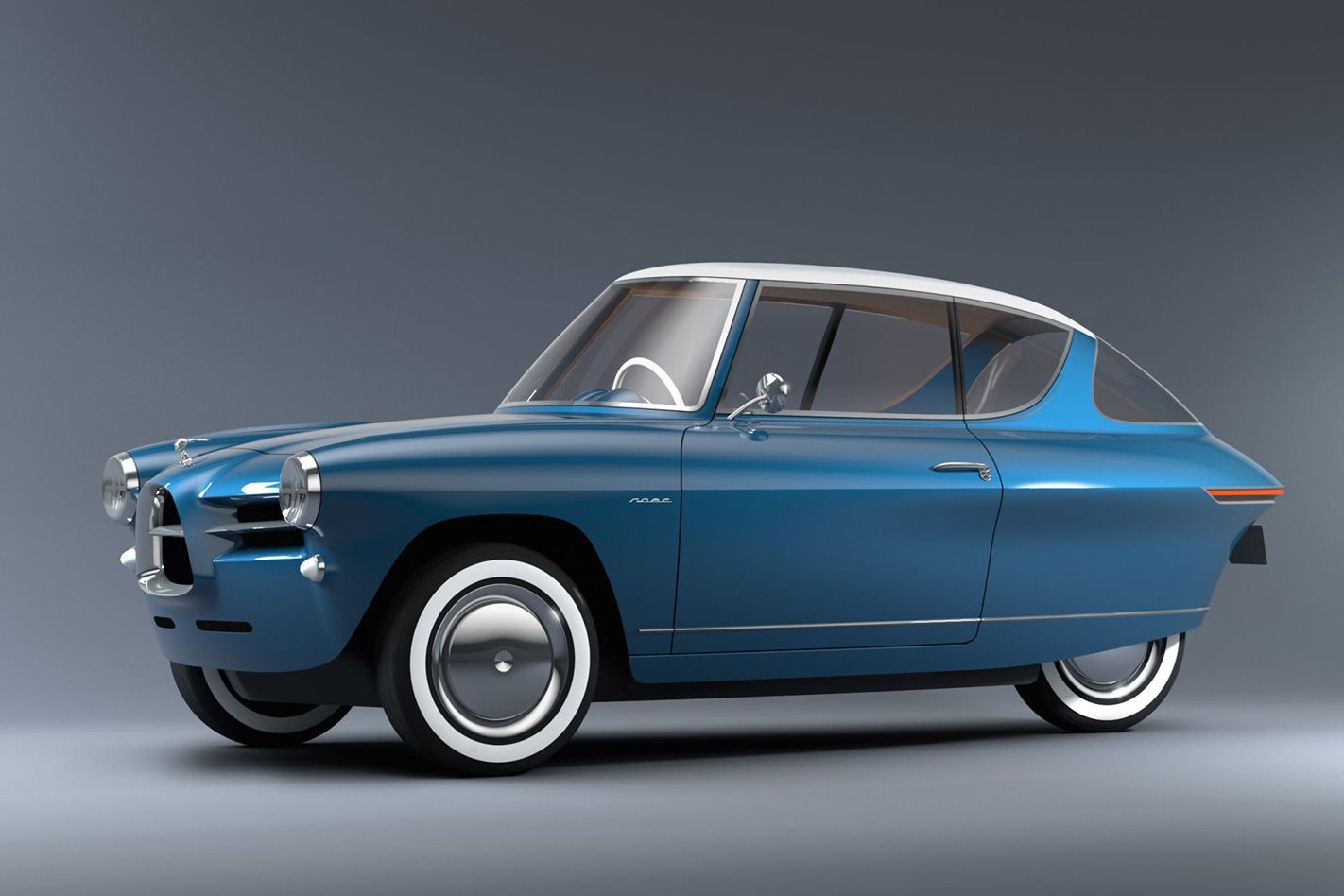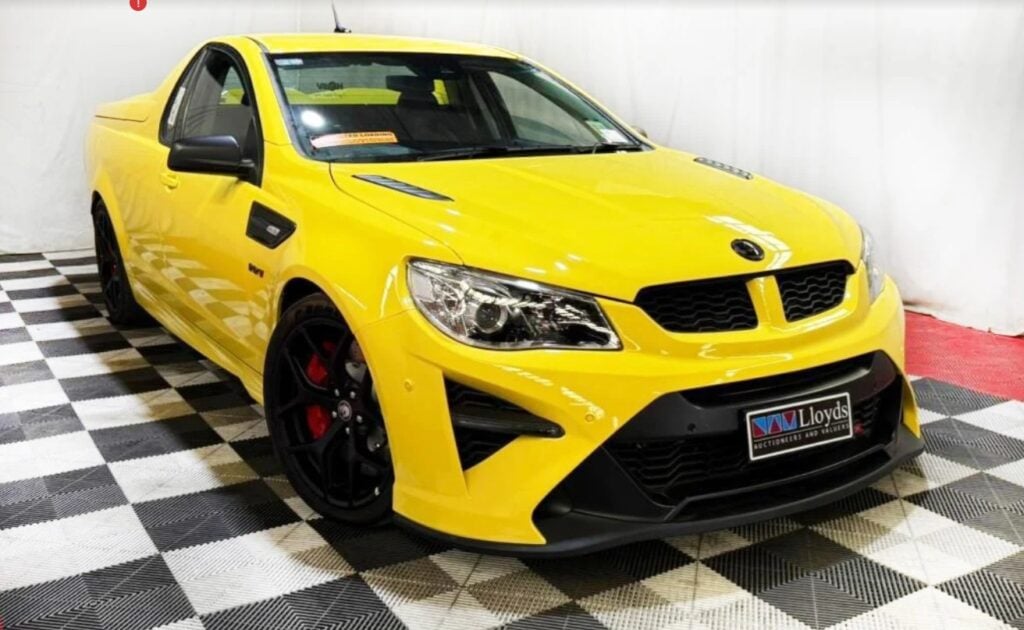“We wanted to create something so effortlessly stylish that you want to lick it.” That’s not usually advisable when it comes to electric appliances, but we’ll make an exception in the case of the Nobe 100, a three-wheeled EV built in Estonia. Nobe’s founder and CEO Roman Muljar might well have some rather unorthodox design criteria for his progeny, but it’s hard to argue with how delicious the vintage-themed trike has emerged.
The Nobe 100 features a top speed of 109km/h, a range of 219km per charge and a removable battery pack tucked under the dashboard that resembles a leather attache case. As well as being three-wheel-drive, it also seats three; two up front and one in the tapered rear. The body is constructed from lightweight composites and while we’re unsure how it would fare in a 50km/h tete-a-tete with a concrete block, the flipside of that is that it’ll zip to 100km/h in just 5.9 seconds, which would keep something like a Civic Type-R on its toes. Charging time is quoted at two hours.
As beautiful as the retro-themed Nobe 100 is, it’s still not officially a thing. A GoFundMe page exists to get the project off the ground and, at the time of writing, only 22 percent of the required capital had been raised. Inviting investors to take part “in making automotive history by making the first light, neo-retro EV” is obviously a tough gig regardless of design savvy.
What’s refreshing about the Nobe’s vintage Disco Volante curlicues, wind-up windows, whitewall tyres and Bakelite and chrome finishing is that it moves the electric car design trope forward. Think of an electric car and you’re probably considering something nerdy like a Nissan Leaf or something techy like a Tesla Model S: driven by university lecturers and IT consultants respectively and neither particularly cool.
The Nobe demonstrates that the days where electric vehicles had to be super-serious in order to be convincing are on the way out. An EV design can be quirky, it can be fun, it can look minimalist and it can reference the past. It’s like that breakout moment at the start of the Eighties when Japanese electronics manufacturers realised that they no longer needed to copy the American chrome and black design tropes of the 1960s and ‘70s in order to be thought credible. Suddenly manufacturers like Sony, Matsushita and Canon broke out into a riot of colours, designs and themes that created a design language all of their own.
The Nobe probably won’t create that critical momentum with electric vehicles. But we’re just beginning to witness the point of that particular spear. The days of the dorky EV are numbered.






